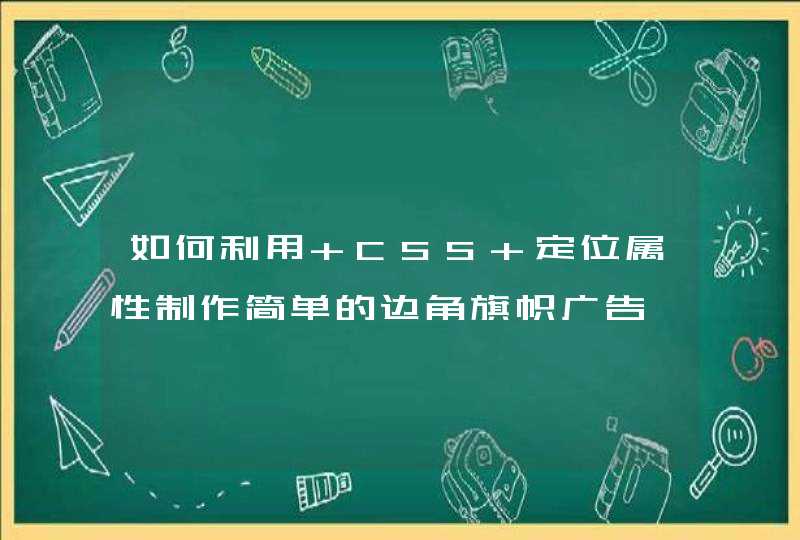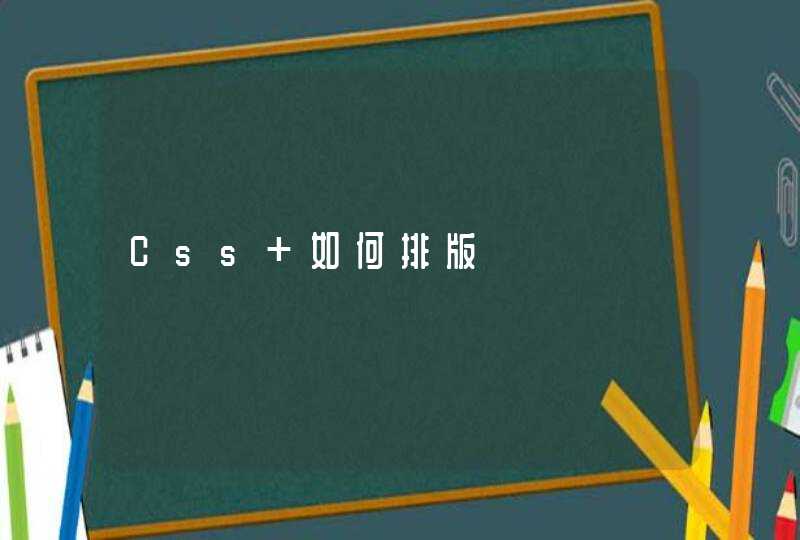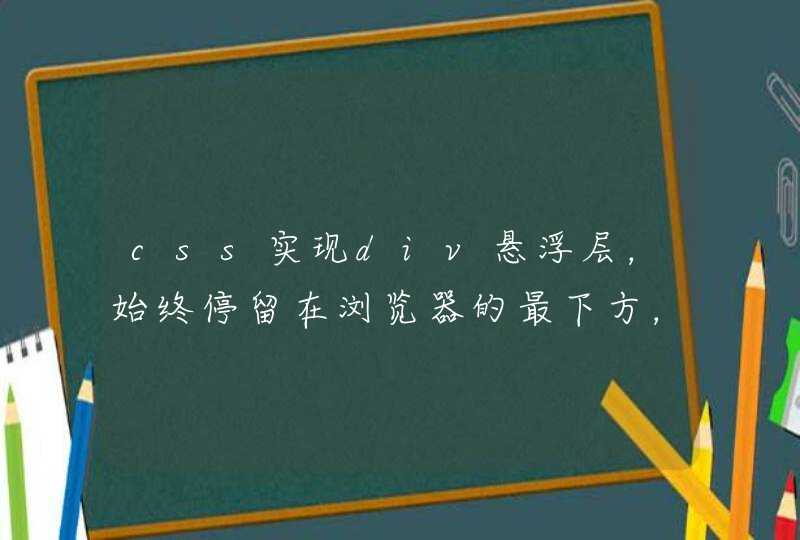
在瞬息万变的前端开发世界中,很难找到一个真正有意义的概念,并且将其清晰明了的向广大人民群众普及。
把目光投向CSS,一个重大转折就是CSS预处理器的出现(在工具方面来看),其中, Sass 应该是最为著名的一个。此外,还有 PostCSS ,它和Sass略有不同,但是殊途同归——都是用浏览器不能解析的语法编写,并且最终编译成浏览器能够理解的语法。
现在,又有一位新的成员出现了,它就是 CSS模块 。本文就将介绍CSS模块化的诸多优点,以及如何编写模块化的CSS。
首先,让我们从官方文档入手:
事实稍微有一些复杂。由于类名需要 默认具有局部作用域 ,这就涉及到一些初始设置、一个编译过程,以及其他一些难以琢磨的东西。
但是最终,我们会为CSS模块化带来的好处而开心:CCS模块将作用域限制于组件中,从而避免了全局作用域的问题。我们再也不用操心为组件寻找一个好的命名了,因为编译过程已经帮你完成了这个任务。
CSS模块需要在构建步骤进行管道化,这也就是说,它不是自动驱动的。它可以看成是 webpack 或 Browserify 的一个插件。其基本工作方式是:当你在一个JavaScript模块中导入一个CSS文件时(例如,在一个 React 组件中),CSS模块将会定义一个对象,将文件中类的名字动态的映射为JavaScript作用域中可以使用的字符串。举个具体的例子:
如下是一个简单的CSS文件。其中, .base 类名不需要是工程中唯一的,因为它将不会是真正被解析的类名。它可以看成是在JavaScript模块中使用的类在样式表中的别名。
下面是该CSS类在JavaScript组件中的使用方式:
最终,它将生成下面这个东西(当使用webpack的默认步骤时):
当然,生成的类名可以通过配置,使得它的长度更短或者遵循一些特定的模式。当然了,这些最终都不重要(虽然短的类名意味着更短的样式表),重点在于这些类名是动态生成的、唯一的且和正确的样式表一一对应的。
这就是CSS模块工作的方式了。这时,你可能会想,“这到底是个什么玩意儿,我甚至。。。”。OK,停下!我知道你想说什么。现在就让我一一解答你可能有的疑虑。
这看起来太丑了
确实如此。但是类名并不要求一定要长的好看对不对?只要可以将样式正确的应用于元素就可以了嘛。而CSS模块化方法完成的非常好,所以我觉得,这不是一个问题。
这非常难debug啊
由于需要有一个编译的步骤,所以直接debug是非常困难的。其实,像Sass直接debug也是相当不容易的,所以我们才有了 sourcemaps 。对于CSS模块,我们也可以设置sourcemap。
其实,我还想说的是,虽然在模块中,类的名字是自动生成而不可预知的,但是对于模块来说,它还是比样式表更容易debug的。只要你知道当前在开发者工具中查看的样式属于哪个模块,在相应的样式表中也是很容易定位。
这使得样式不容易复用啦!
这句话既对也不对。一方面来说,确实如此。但这是因为模块将CSS样式和组件相绑定,从而不会发生全局样式的冲突。这其实是一件好事,我相信你也会同意的对不对。
另一方面,要定义全局样式也是可以的,只要使用 :global() 就好了。比如,作者需要保留的全局辅助样式。
CSS模块还可以从其他模块中继承样式,这和Sass中的 @extend 方法其实是一样的。它不会拷贝样式,只是将选择器连接到继承的样式中。
它需要webpack,Browserify或者其他工具!
这和Sass需要将 .scss 文件编译成CSS文件,PostCSS需要将样式表处理成浏览器能够识别的样式其实是一样的。无论如何,都需要一个构建步骤。
我们究竟为什么要讨论这个东西?
其实,我甚至不确定CSS模块在未来到底会不会继续存在,不过,我确定这是一种编写样式的正确方式。试想,在拆分成许多细小组件的庞大站点中,却拥有一个臃肿的全局样式表,这肯定是不合适的。
CSS统一的名空间使得它既强大又脆弱。而CSS模块化或者未来延续这个思想的其他工具可以在支持样式复用的同时,避免命名冲突,这是一个双赢的选择。
如前面所说的,你需要有webpack或者Browserify来实现CSS模块化。
先从webpack版本的模块化开始。在 webpack.config.js 中,加上如下配置,使得webpack将CSS文件作为CSS模块来看待:
这时,它将把样式注入到页面中的``元素中。这可能不是我们想要的,使用 extract text plugin for webpack ,我们可以很方便的抽取出样式表:
对于webpack,要讲的就是这么多了。
我只在命令行中用过Browserify,所以我猜使用起来会更复杂一些。在 package.json 文件中,加入 npm script :
这条命令告诉Browserify运行 src/index.js ,返回 dist/index.js ,并且使用 css-modulesify 将样式表编译至 dist/main.css 。如果你想再加上 Autoprefixer ,那么命令可以写成这样:
如你所见,使用 --after 选项可以在编译完成样式表时候,继续对它进行处理。
从今天看来, CSS模块化 系统和生态确实有些原始了,从Browserify中的配置就能看出来。不过,我确信CSS模块化将变得更好,并且越来越多的人将意识到不管对小项目还是大项目来说,这都是一个很好的方法。
我认为CSS模块化背后的思想是正确的。当然,我不是说这个库就是最佳解决方案,但是,它确实包含了一些CSS应该采用的写法:模块化、作用域隔离、同时支持复用。
最后,我向大家推荐项目作者Glen Maddern的文章 this introduction to CSS Modules 。
所谓的模块化就是把常用的css放在一个文件,然后重复使用这个css对应到对应的html组件中进行调用使用。像现在你可以参考的最好例子就是bootstrap,像它这样的css组件写的就很整洁,唯一不好就是杂糅在一个文件,导致不用的css也放进去了。个人觉得可以自己也弄一个这样的。
希望我的回答对楼主有帮助,不懂可以继续追问。
控制器模块化
指令模块化
过滤器模块化
服务模块化
定义值模块化
使用模块工作
第一步:创建一个模块
// function : define module named exampleApp// param detail :// param one : module name// param two : relay on modules collection// parms three : config informationvar myApp = angular.module("exampleApp", ["exampleApp.Controllers", ["exampleApp.Controllers", "exampleApp.Filters", "exampleApp.Directives", "exampleApp.Service", "exampleApp.Values"])在视图中应用模块
<!-- use module --><html ng-app="exampleApp"> ...</html>第二步:定义值
var valueModule = angular.module("exampleApp.Values", [])// defind valuevar now = new Date()valueModule.value("nowValue", now)第三步:定义服务
var serviceModule = angular.module("exampleApp.Service", [])// function : define a service named daysserviceModule.service("days", function (nowValue) { this.today = nowValue.getDay() this.tomorrow = this.today + 1 })第四步:定义控制器
var controllerModule = angular.module("exampleApp.Controllers", [])// function : define a controller named dayCtrl// the controller include two param:// param detail:// param one : name of controller// param two : a factory function// the param $scope of factory function show information to viewcontrollerModule.controller("dayCtrl", function ($scope, days) { // days : use custom service // today is ... $scope.day = days.today // tomorrow is ... $scope.tomorrow = 7})将控制器应用于视图
<!-- use controller --> <div class="panel" ng-controller="dayCtrl"> <div class="panel-header"> <h3>Angular App</h3> </div> <!-- if the day is undefined, show unknow --> <!-- use filter and data binding --> <h4>Today is {{ day || "unknow" }}</h4> <h4>Tomorrow is {{ tomorrow || "unknow" }}</h4> </div>第五步:定义指令
var directiveModule = angular.module("exampleApp.Directives", [])// function : define a directive named highlight// it accepts two param// param one : the name of directive// param two : a factory methoddirectiveModule.directive("highlight", function ($filter) { // get the filter function var dayFilter = $filter("dayName") // param detail: // scope : view scope of action // element : the element which uses the custom directive // attrs : the attrs of the element return function (scope, element, attrs) { // console.log(dayFilter(scope.day)) if (dayFilter(scope.day) == attrs['highlight']) { element.css("color", 'red') } } })将指令应用于视图
...<h4 highlight="Saturday">Today is {{ day || "unknow" | dayName }}</h4>...第六步:定义过滤器
var filterModule = angular.module("exampleApp.Filters", [])// function : define a fitler named dayNamefilterModule.filter('dayName', function () { var dayNames = ['Sunday', "Monday", 'Tuesday', 'Wednesday', 'Thurday', 'Friday', 'Saturday'] return function (input) { // input is the value of data binding return angular.isNumber(input % 7) ? dayNames[input % 7] : input % 7 }})将过滤器应用于视图
<!-- 用 | 分开 --><h4 highlight="Saturday">Today is {{ day || "unknow" | dayName }}</h4><h4>Tomorrow is {{ tomorrow || "unknow" | dayName }}</h4>最后,下面是完整的代码:
文件一:example.html
<!DOCTYPE><!-- use module --><html ng-app="exampleApp"><head> <title>Angluar test</title> <meta charset="utf-8"/> <link rel="stylesheet" type="text/css" href="css/bootstrap.min.css" rel="external nofollow" > <link rel="stylesheet" type="text/css" href="css/bootstrap-theme.min.css" rel="external nofollow" ></head><body> <!-- use controller --> <div class="panel" ng-controller="dayCtrl"> <div class="panel-header"> <h3>Angular App</h3> </div> <!-- if the day is undefined, show unknow --> <!-- use defined directive "highlight" --> <!-- use filter and data binding --> <h4 highlight="Saturday">Today is {{ day || "unknow" | dayName }}</h4> <h4>Tomorrow is {{ tomorrow || "unknow" | dayName }}</h4> </div><script type="text/javascript" src="js/angular.min.js"></script><script type="text/javascript" src="values/exampleValue.js"></script><script type="text/javascript" src="controllers/exampleController.js"></script><script type="text/javascript" src="filters/exampleFilter.js"></script><script type="text/javascript" src="directives/exampleDirective.js"></script><script type="text/javascript" src="services/exampleService.js"></script><script type="text/javascript">// function : define module named exampleApp// param detail :// param one : module name// param two : relay on modules collection// parms three : config informationvar myApp = angular.module("exampleApp", ["exampleApp.Controllers", "exampleApp.Filters", "exampleApp.Directives", "exampleApp.Service", "exampleApp.Values"])</script></body></html>文件二:services/exampleService.js
var serviceModule = angular.module("exampleApp.Service", [])// function : define a service named daysserviceModule.service("days", function (nowValue) { this.today = nowValue.getDay() this.tomorrow = this.today + 1 })文件三:values/exampleValue.js
var valueModule = angular.module("exampleApp.Values", [])// defind valuevar now = new Date()valueModule.value("nowValue", now)文件四:directives/exampleDirective.js
var directiveModule = angular.module("exampleApp.Directives", [])// function : define a directive named highlight// it accepts two param// param one : the name of directive// param two : a factory methoddirectiveModule.directive("highlight", function ($filter) { // get the filter function var dayFilter = $filter("dayName") // param detail: // scope : view scope of action // element : the element which uses the custom directive // attrs : the attrs of the element return function (scope, element, attrs) { // console.log(dayFilter(scope.day)) if (dayFilter(scope.day) == attrs['highlight']) { element.css("color", 'red') } } })文件五:controllers/exampleController.js
var controllerModule = angular.module("exampleApp.Controllers", [])// function : define a controller named dayCtrl// the controller include two param:// param detail:// param one : name of controller// param two : a factory function// the param $scope of factory function show information to viewcontrollerModule.controller("dayCtrl", function ($scope, days) { // days : use custom service // today is ... $scope.day = days.today // tomorrow is ... $scope.tomorrow = days.tomorrow})文件六:filters/exampleFilter.js
var filterModule = angular.module("exampleApp.Filters", [])// function : define a fitler named dayNamefilterModule.filter('dayName', function () { var dayNames = ['Sunday', "Monday", 'Tuesday', 'Wednesday', 'Thurday', 'Friday', 'Saturday'] return function (input) { // input is the value of data binding return angular.isNumber(input % 7) ? dayNames[input % 7] : input % 7 }})




































































